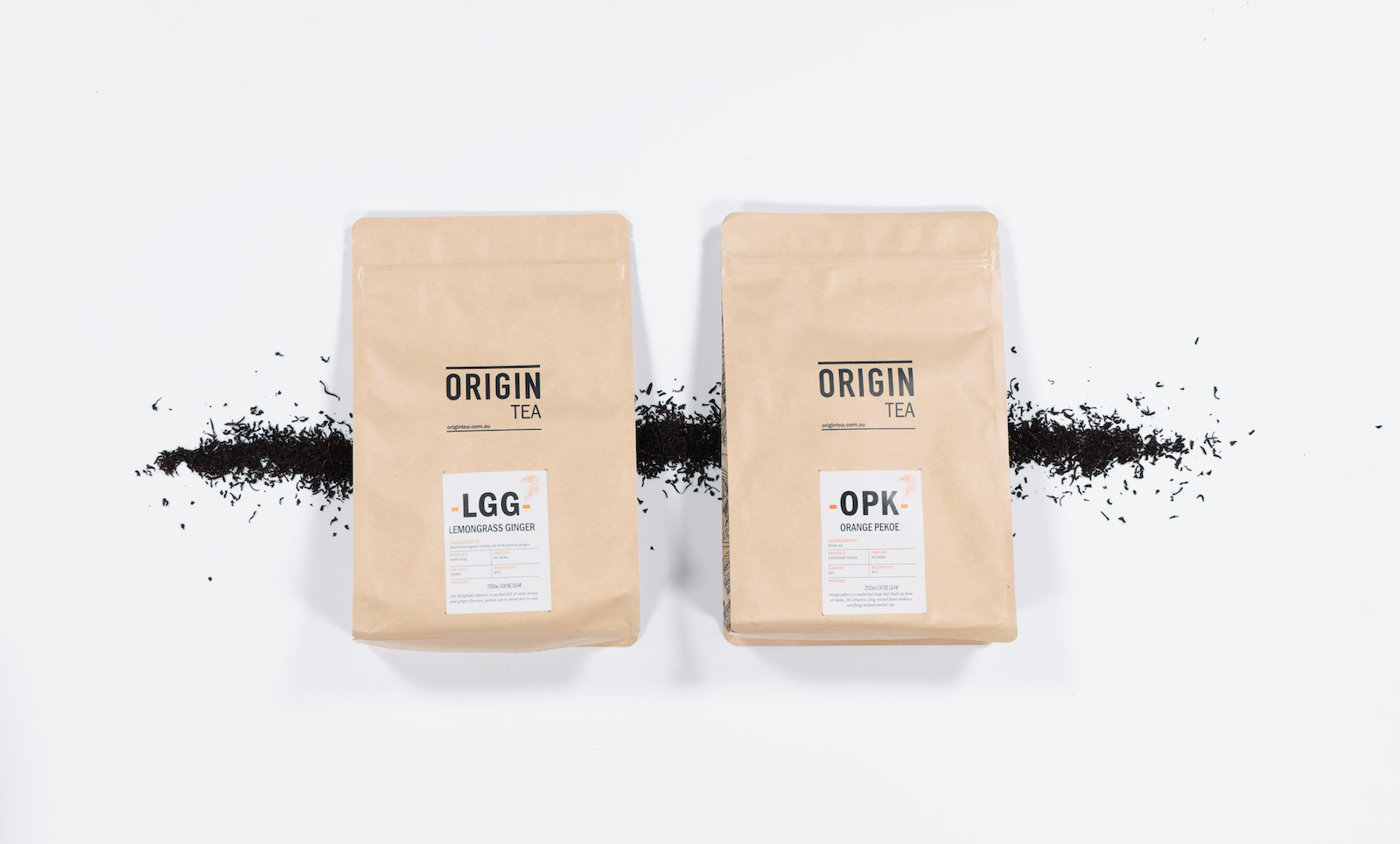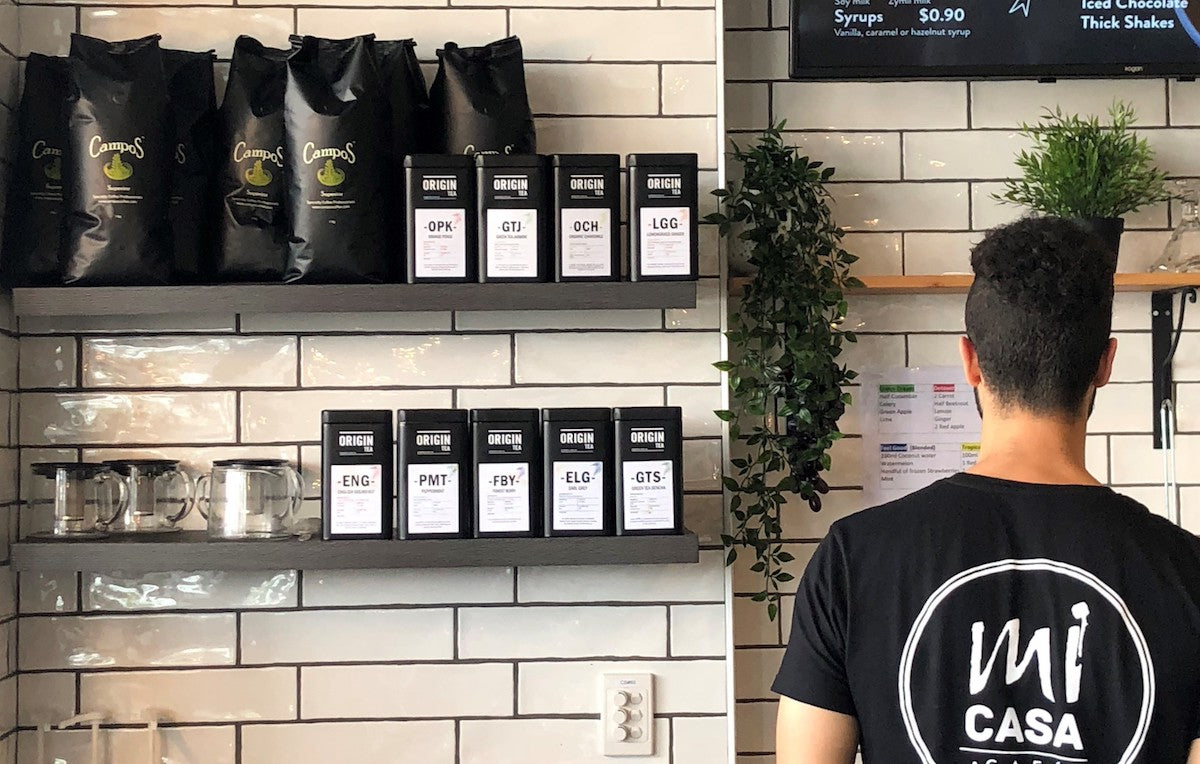
Your Quick and Easy Guide to Brewing Tea
In the last few years, tea drinking has been gaining popularity amongst consumers and diners everywhere. Not only is tea refreshing, mood uplifting and energy boosting, it also offers a wide array of different health benefits.
Whether you’re a tea novice or a tea pro, you’ll enjoy reading the following tips about how to brew various teas the correct way. If you don’t do it right, you’ll risk burning the leaves and not getting the most out of the drink.
There are lots of different teas to try. And each type has their own brewing methods that enable you to enjoy the taste of the beverage and get the full range of benefits. In this quick and easy guide, we’ll cover the different types of tea, and how to brew them to perfection.
Different types of teas
There are several different teas to choose from, and they all derive from two species of the same plant. The plant is called camellia sinensis.
The only difference between the various types of tea are the way the plant is processed, and at what time in the plant’s life cycle the leaves are picked. Also, there are different ways that tea is packaged. Teas can be loose leaf or packed within tea bags or powdered form.
The types of teas we cover here are:
- Green
- Black
- Herbal
Getting to know green tea

Green teas offer some of the best health benefits to their drinkers. When these teas are picked, the leaves are sometimes roasted in a pan, or they are steam-heated to halt the oxidation process.
Pan-frying green tea is popular in China. Green teas that are pan-fried will have a smokier, nuttier, toastier flavour in contrast to steamed green teas commonly found in Japan.
Steaming is more popular in Japanese tea production. Japanese green tea, including the ever-popular Sencha, is steamed for 15–20 seconds to prevent oxidization of the leaves. Then the leaves are rolled, shaped, and dried. Steamed green teas will taste more like chlorophyll or seaweed.
Green teas can come in loose leaf or powdered forms. With powdered green tea, the leaves are laid out flat to dry, and turn crumbly. At this point, the leaves are de-veined and ground into powder.
As with any tea type, green tea can be mixed with other ingredients to change the taste, colour and aroma of the tea. One popular infusion is a green jasmine blend, which mellows the strong, earthy green tea flavour while keeping the cleansing, antioxidant benefits.
How to brew green tea
When brewing green tea, the trick is to not steep the leaves for too long or you’ll lose the taste and potency of the tea. Green tea is best steeped for approximately two minutes in water that is around 80 degrees Celcius.
- Amount per serve: 1 tsp per 200ml
- Brew time: 2-3 minutes
- Water temp: 80⁰ C
Once you’ve brewed your green tea, you can opt to serve it hot or cold. If serving it iced, be sure to let your brew cool to room temperature before you place it in the fridge. Refrigerate for 1-2 hours, then fill up a glass with ice and pour!
Getting to know black tea

Black teas differ from many other teas because the leaves used are fully oxidised. Black teas are some of the most popular teas in the west and are usually scented, with bergamot as a popular choice. Most of the breakfast blend teas you’re familiar with are part of the black tea family.
The process of fermenting tea leaves was discovered and cultivated in ancient China, which resulted in darker colour tea, which gave these teas the name of black tea. This tea was more potent and could last longer, making it a great trade asset. Over time, black tea spread across the world, becoming one of the most popular beverages around.
Black tea has countless varieties. Varieties often refer to the region where the tea was produced, which causes the tea to have certain characteristic flavours and traits. Assam, Lapsang Souchong, Darjeeling and Ceylon are common black tea varieties.
There are also a huge number of black tea blends, teas in which other plants or ingredients are added to give it a unique taste. A few of the most popular types of black tea blend include:
How to brew black tea just right
If you like a strong, astringent tea, you can brew black tea all day and it won’t lose its potency, but it will have an incredibly distinct and robust flavour.
Most of the time though, black teas are best brewed with boiling water and steeped for two to four minutes, depending on your preference for a weak or strong flavoured tea.
- Amount per serve: 1 tsp per 200ml
- Brew time: 2-4 minutes
- Water temp: 100⁰ C
Getting to know herbal teas (a.k.a. tisanes)?

Herbal teas differ from other types of tea in that they consist of herbs, spices and other plant materials as opposed to tea leaves.
Even the name ‘herbal tea’ is contentious, with tea purists claiming that tea should be reserved for the tea plant alone, while opponents claim that the term should be used more liberally and apply more to the steeping process than the plant.
There are a host of herbal teas out there, and many countries have their own favourites. For example, hibiscus tea is popular in Turkey, where the hibiscus flower is prominent. Ginseng tea is popular in China and Korea. Overall, these are some of the most popular herbal teas in Australia:
- Peppermint
- Chamomile
- Lemongrass and Ginger
- Rooibos
- Berry Infusions
- Hibiscus
- Rosehip
- Liquorice
How to brew herbal teas
Despite having no actual tea leaves, the method of brewing herbal tea is very similar to black tea. Brew herbal tea with water a little below boiling. This will help infuse the tea and allow it to release its full flavour. Boiling water won’t generally ruin the tea but it can affect its taste.
The steeping time of herbal teas also differs depending on the type and on your taste preferences. If you prefer a robust, more bitter taste, steep your herbal tea for longer. If you prefer a smooth, subtle taste, steep it for two minutes max. Here are the general rules for herbal tea:
- Amount per serve: 1 tsp per 200ml
- Brew time: 2-3 minutes
- Water temp: 80⁰ C
Also ensure you cover the cup to maximise the infusion process. This stops some of the lovely flavours from escaping the cup and keeps the tea nice and hot.
Brewing a Great Cup of Tea Also Depends on the Quality of Tea

Tea is such a refreshing, tasty pick-me-up, and drinking it is a bit of an art form and a science. If you want to get the most out of your tea, make sure you get the steeping time and temperature right for your type of tea.
But tea steeping methods are only as good as the tea quality itself. Here at Origin Tea, we pride ourselves on our selection of different, high-quality teas. Browse our wide range today and you'll be sure to find a tea you’ll enjoy.
With our teas and these tea brewing tips, you’re well on your way to being a tea connoisseur!



